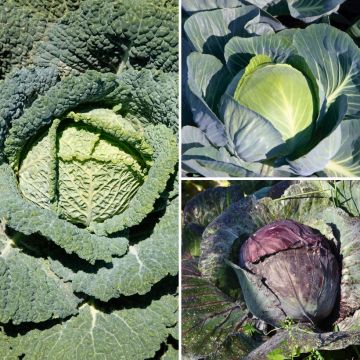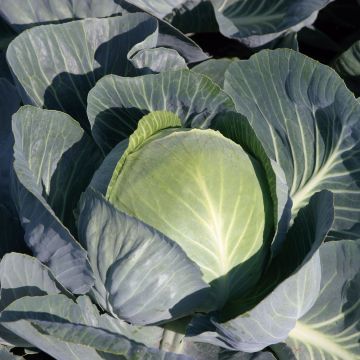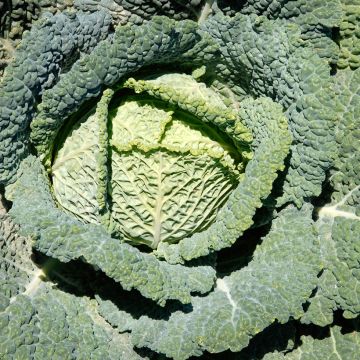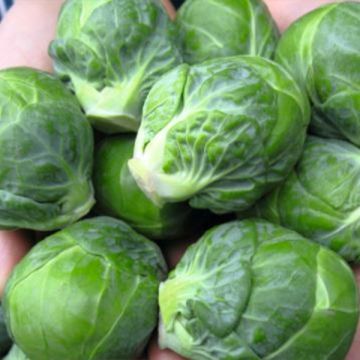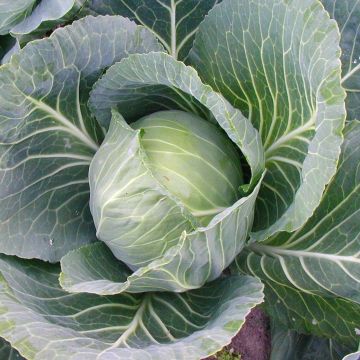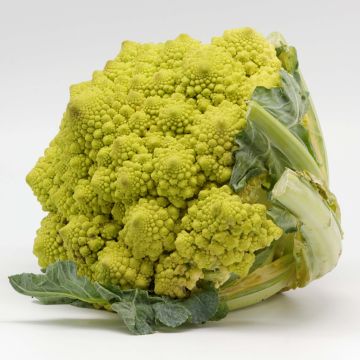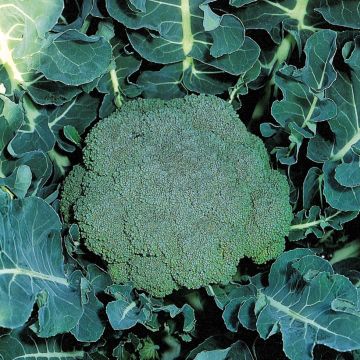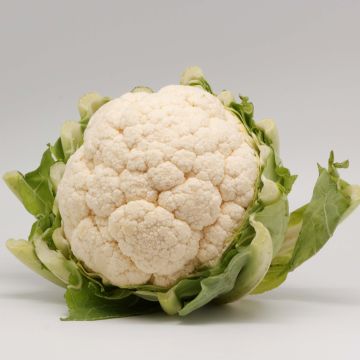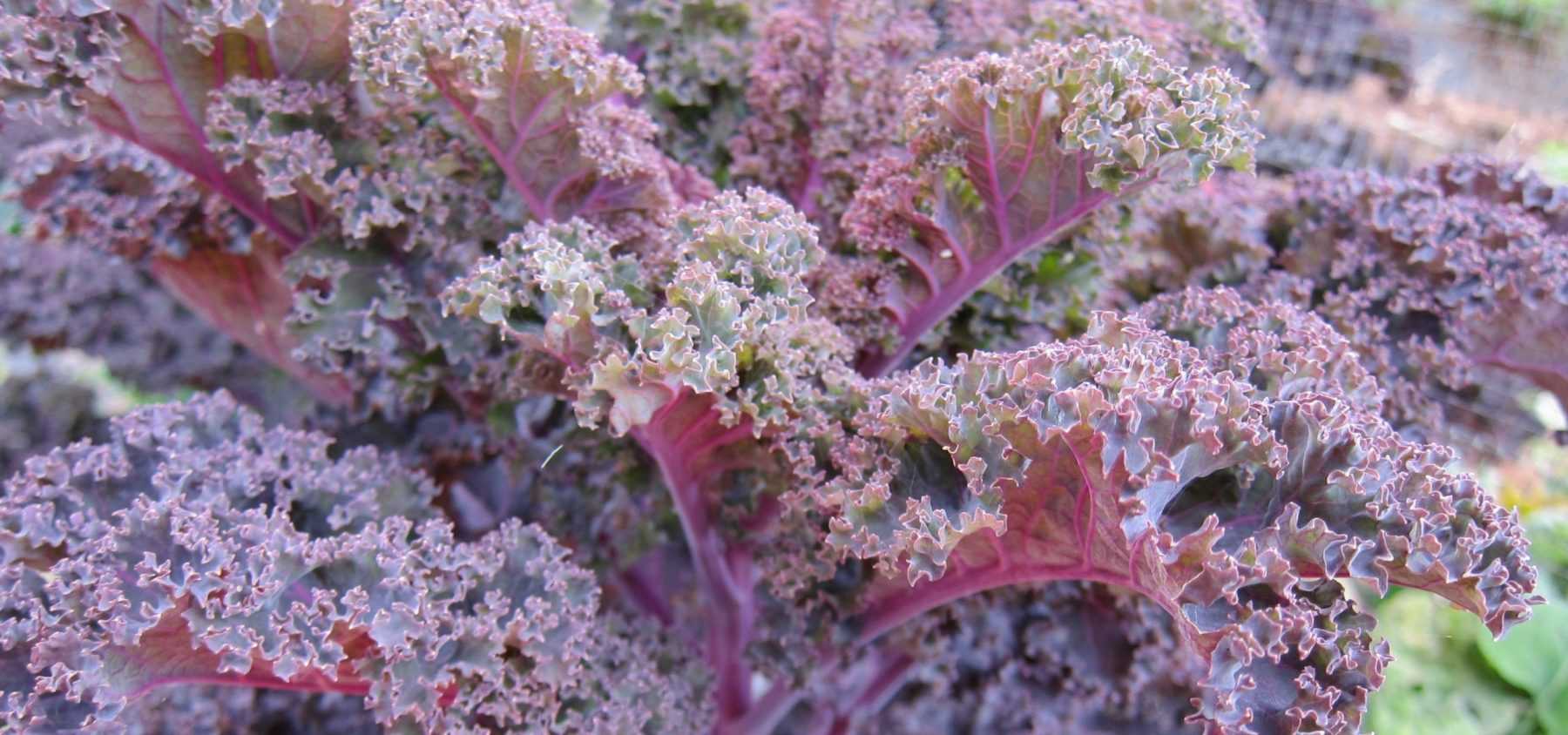
Growing Kale and Curly Kale in the Vegetable Garden
a vegetable full of qualities
Contents
The kale, also known as curly kale or leaf cabbage, is a leafy vegetable prized for its nutritional benefits and easy cultivation. Hardy and disease-resistant, it can be grown equally well in vegetable gardens or in pots on a balcony. Discover how to successfully grow kale: which soil and location to choose, how to sow and plant it, and how to care for it to ensure an abundant harvest.
Where and in what soil to plant kale?
While kale and curly kale are slightly less demanding than most cabbages, they nevertheless require well-manured soil, previously enriched with compost or well-rotted manure (3 kg per m2). They thrive in deep, moist soil and can be grown in full sun or light shade. Cool, rainy climates suit them perfectly.
They pair well with many vegetables, such as lettuce. However, avoid planting them with other brassicas, courgettes, fennel, lamb’s lettuce, leeks, and strawberries.
Read also
Growing Cabbage and Savoy CabbageHow to sow and plant kale or curly kale?
Kale and curly kale are typically sown from March to June and planted from April to July.
Each variety of kale has its own ideal sowing and planting period, which may vary in length: this information is provided on the seed packet, and it’s important to refer to it.
Direct sowing in the ground is possible, but preparing or purchasing seedlings for transplanting is the most common method. Once well-developed, the young plants are moved to their final position in the vegetable garden. They should be planted in warm, well-prepared soil: weeded, loosened with a spade or a broadfork, then raked with a rake to create a fine tilth.
When transplanting into the ground, the seedlings are buried up to the first true leaves: new roots will form along the buried stem, ensuring better anchorage in the soil.
The recommended planting distances are:
– 40 to 60 cm between rows and 20 to 30 cm between plants for kale (adjust according to variety),
– 70 cm between rows and 70 cm between plants for curly kale.
Discover other Cabbage plants
View all →Available in 1 sizes
Available in 2 sizes
Available in 1 sizes
Available in 2 sizes
Available in 1 sizes
Available in 1 sizes
Available in 1 sizes
Available in 1 sizes
Available in 3 sizes
Available in 1 sizes
Care and Watering of Kale
Maintaining these cabbages involves regular weeding, hoeing and watering. Their growth is slow, so these tasks will need repeating over a long period. They can be spaced out or significantly reduced if you mulch the soil, for example with thin successive layers of pre-dried grass clippings.
Diseases and Pests
Kale and curly kale are known for their good resistance to pests and diseases: they are resistant to clubroot and are rarely attacked by the cabbage white butterfly. Nevertheless, it is important to remain vigilant and adhere to crop rotation principles by not growing them in the same spot for at least 5 years.
Harvesting Kale
Harvesting is done with a knife, as needed, by picking leaves from the outer part of the plant, which will continue to grow and produce new leaves. These cabbages can be eaten from the young leaf stage right through to maturity.
To go further
Discover everything you need to know about cabbage in our comprehensive guide!
- Subscribe!
- Contents


































